Smoky Chicken Curry
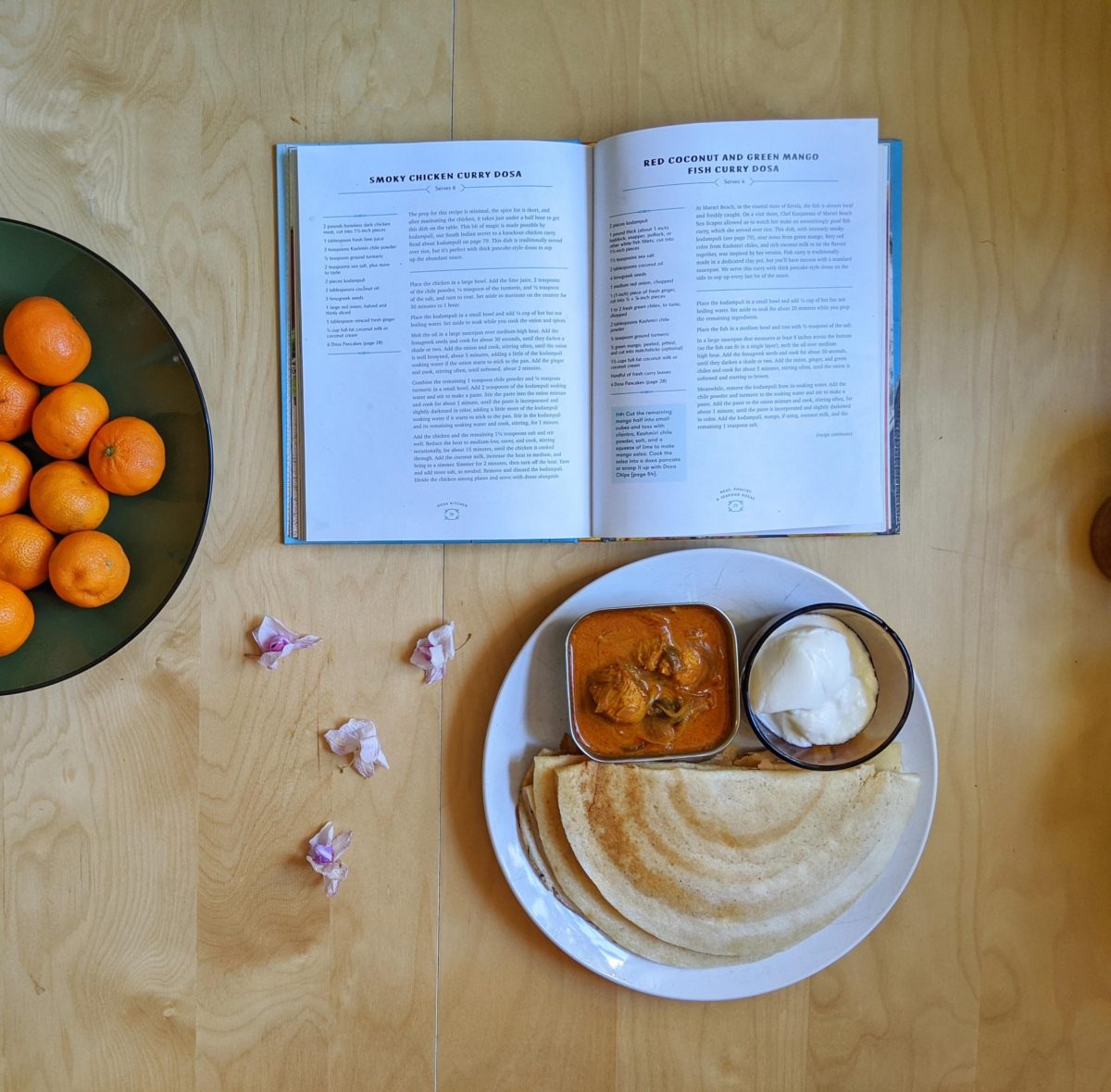
Let me tell you the story of a chicken curry. One that is tangy enough to make toes curl, with a base of spice that will pack a punch, and loads of caramelised onions to fill each bite. This chicken curry is now my true North. It is like that feeling you get when at the end of a long, successful day, you lean back on the couch, put your feet on the table and just sink into that comfort. It is also with this curry (I’m ashamed to say after four plus years of cooking chicken) that I learnt how to cook the perfect succulent chicken.
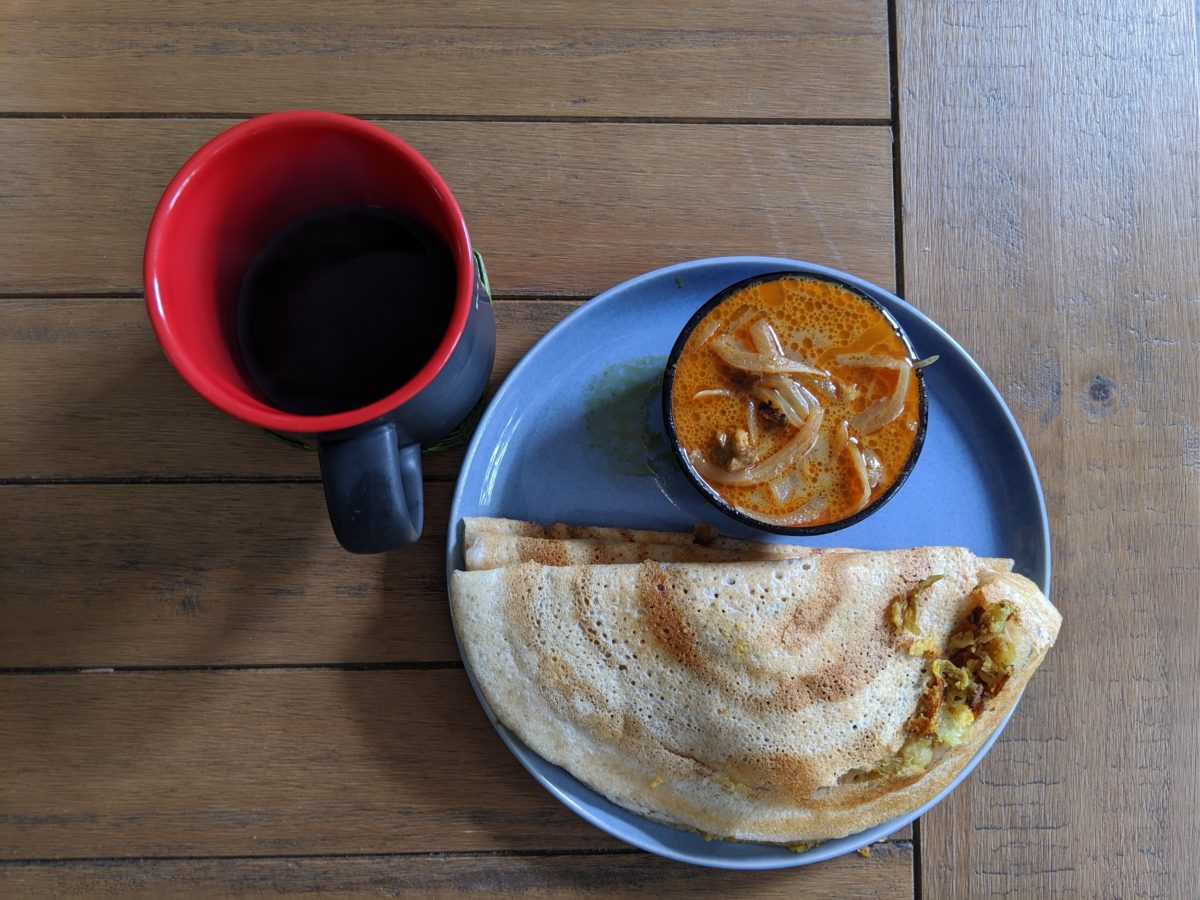
It all begins with a little blue truck in Brattleboro, Vermont. Usually, Ni and I are a little wary about Indian restaurants in New England because one, it is far easier to find North Indian food than South Indian, and we prefer the latter. Two, because of the monopoly they have, a lot of restaurants take the easy way out and end up using the same masala and gravy for all the curries. This, of course, leads to everything tasting like butter chicken.
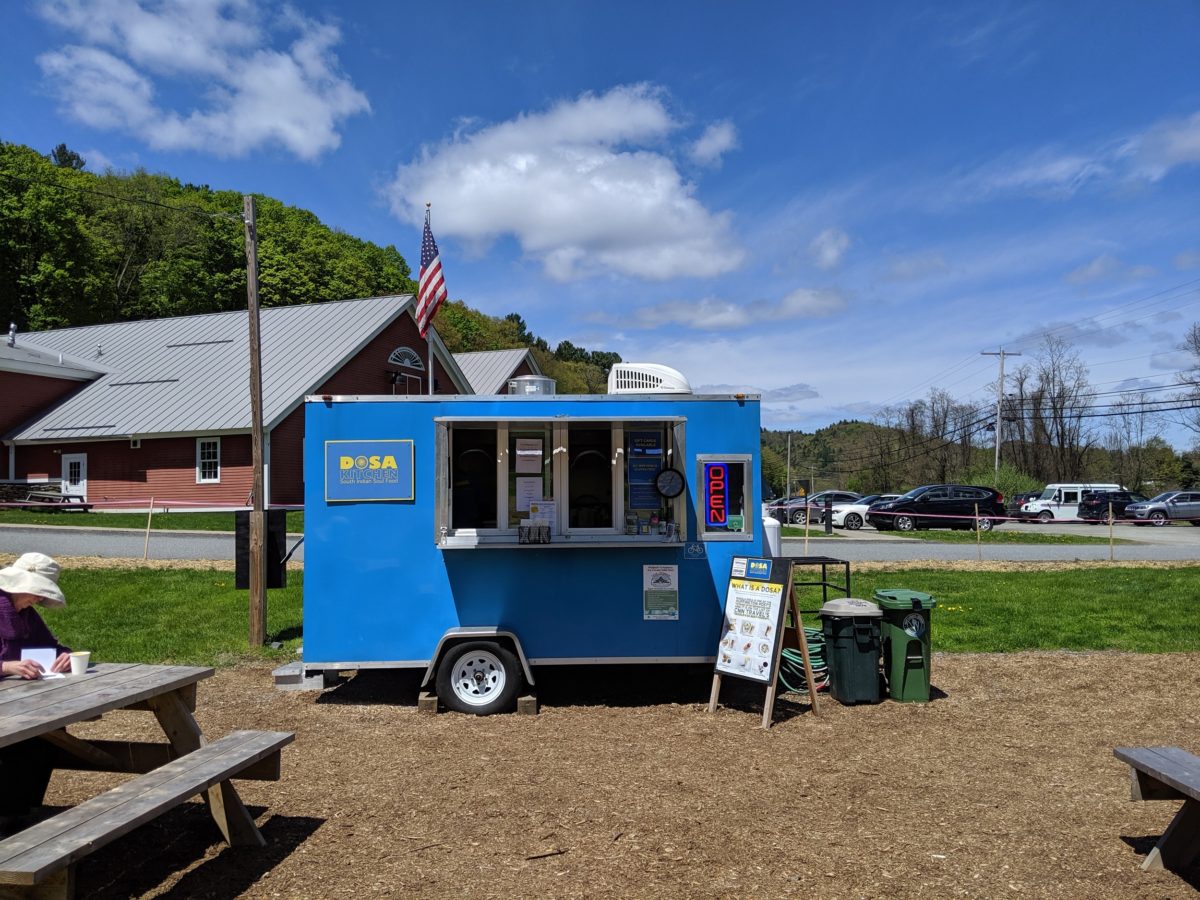
So when Ni called me early last year to tell me about a Dosa truck that he had stumbled upon in Vermont, I was super excited (even though I was still in India at this point and had access to dosas at every corner street or even my own home for that matter.) When I came back to the US, one of the first road trips that Ni and I took was to Brattleboro, and sure enough, we visited the little blue truck parked across the winding Connecticut river. The day was perfect with the sun high up on the Summer sky and kids were streaking about, squealing, rolling around in fresh cut grass. It looked so picturesque that I was salivating for a good time by the time we crossed the road.
After a small wait, I was introduced to the happy, bubbly Nash, the one who runs the show. Like any respectable chef, he held on to his flat head spatula as he welcomed Ni back and took our order. He introduced me to his beetroot kanji, a refreshing probiotic drink with floating chunks of juicy beetroot and crushed mustard. The drink had been fermented over weeks with a starter culture. I made my own batch at home thanks to Nash and his culture. If this was the appetizer, I couldn’t wait for the entree. And boy, did it deliver. We each picked up our favourites, plain dosa for me and masala dosa for Ni, with a side order of chicken curry.
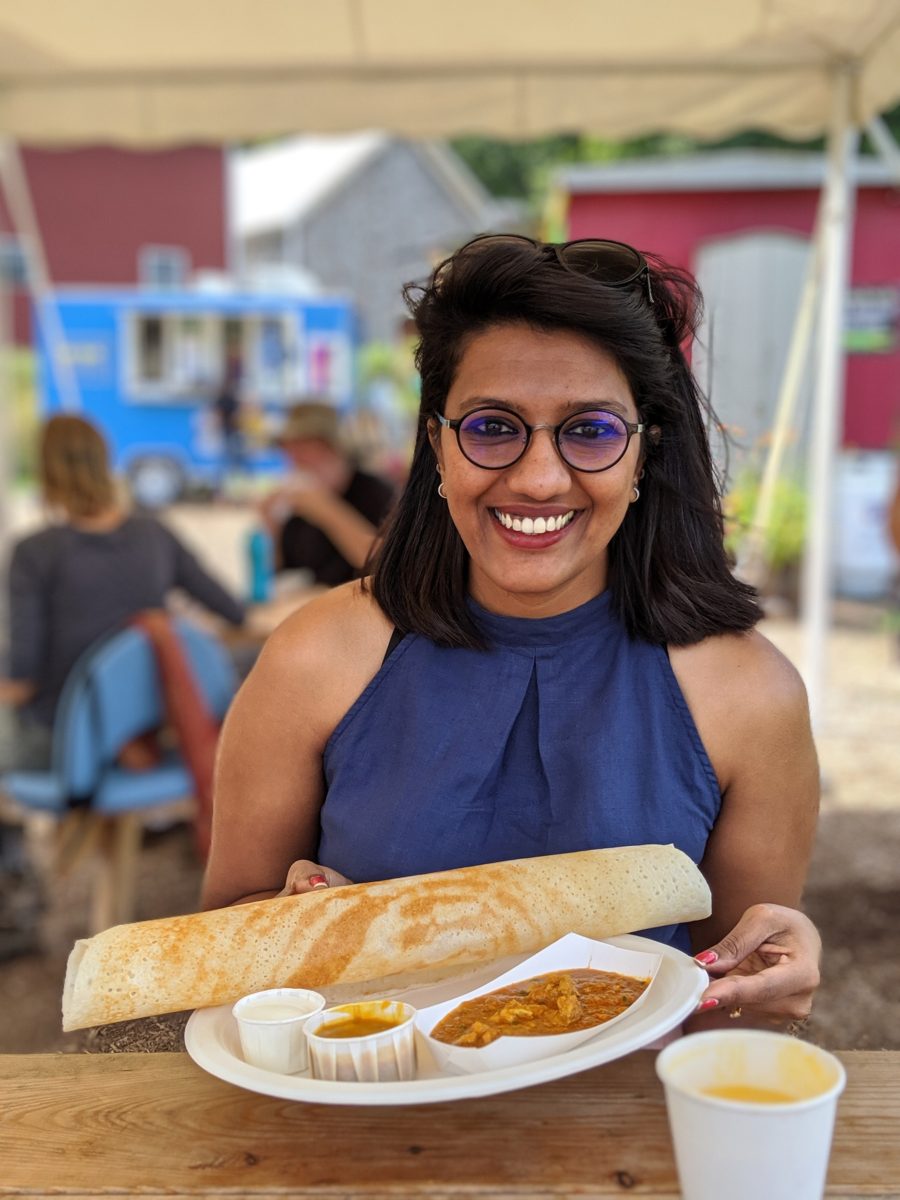
The Indian crepes were golden crisp, the edges darkened with the ghee Nash swirled around it. Ni’s dosa had a generous spread of red chutney and roasted masala potatoes. This kind of dosa is actually from the small town of Mysore, India where the kings’ kitchens were known for its incredible food. The dosa came with its usual accompaniment, sambar, a rich vegetable stew and curd (yogurt). Nash uses seasonally relevant veggies that introduces a nice local spin on traditional Indian sambar. I was so overwhelmed trying to decide which one to start with that my hand kept moving between the three. While they were all very good, eating a piece of crispy dosa, touch of curd, dunked in the chicken curry was truly a knee-weakening moment for me.
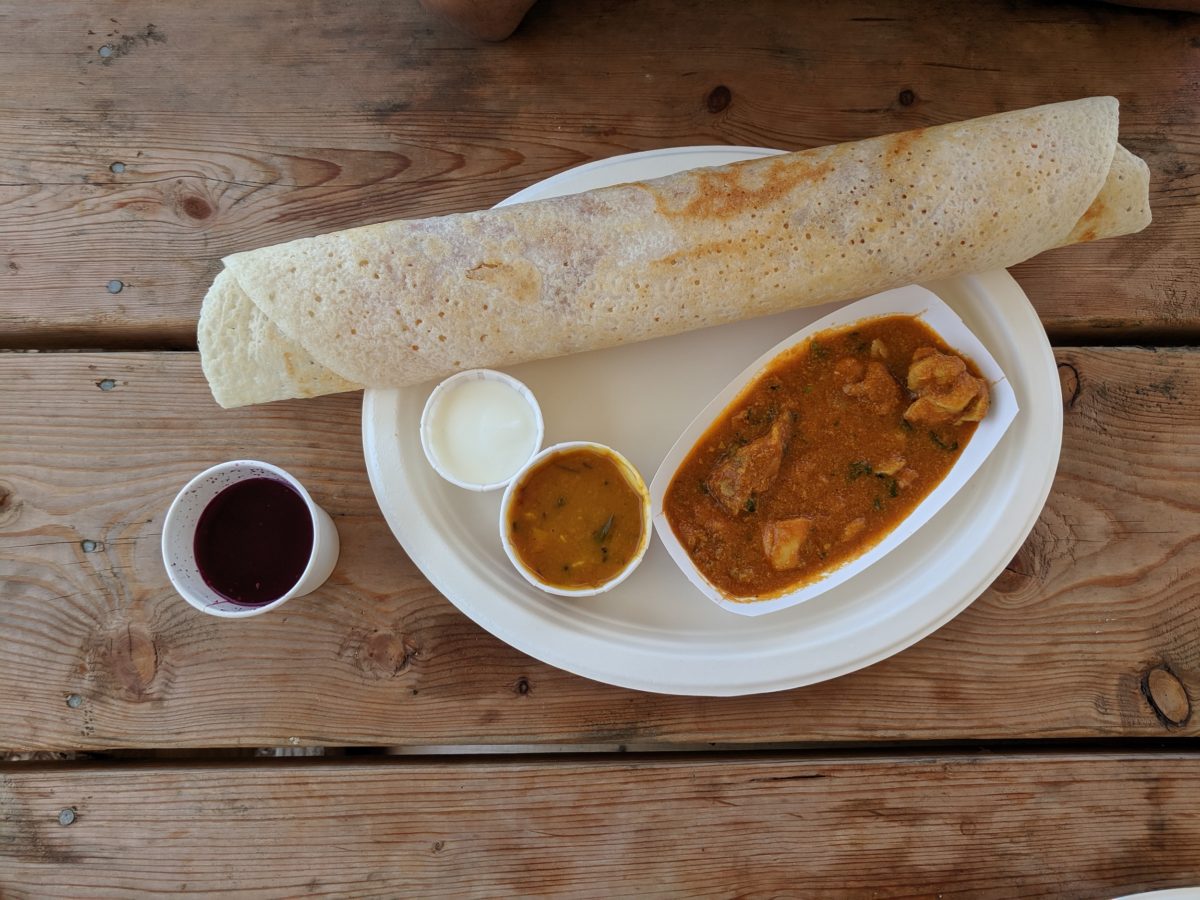
After the finger-licking lunch, I spent the next 15 minutes gushing to Nash about his delicious food and picked up the starter culture he had suggested that I start with for recreating his beetroot kanji. I cradled it in my palm like a fragile little bird the whole two-hour drive home.
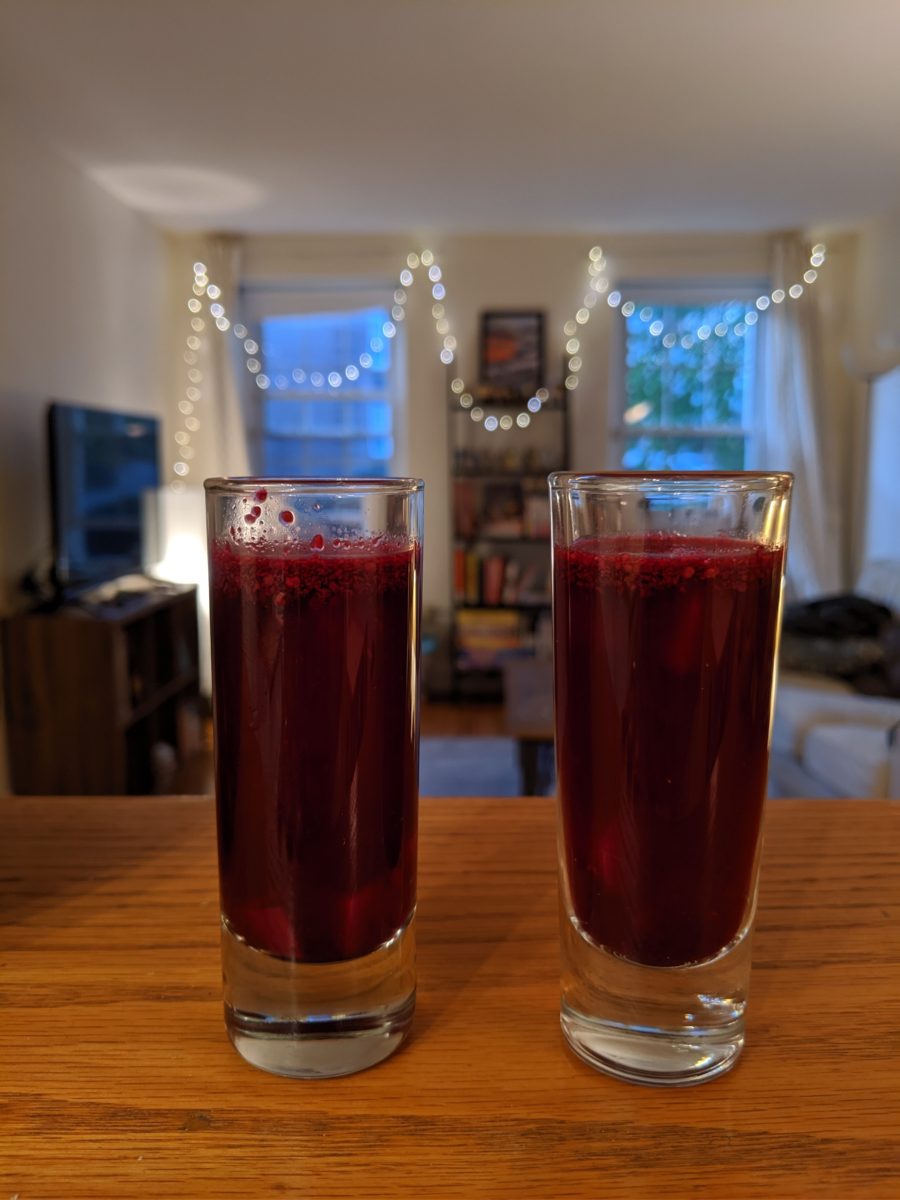
Once home, I settled in for the evening with the cookbook that Nash has written with his wife, Leda Scheintaub. A delightful read into his journey, loaded with recipes that would easily become a staple in your house, like it has in mine. My fingers thumbed the pages until I reached the recipe for the smoky chicken curry, eager to try it on my own.
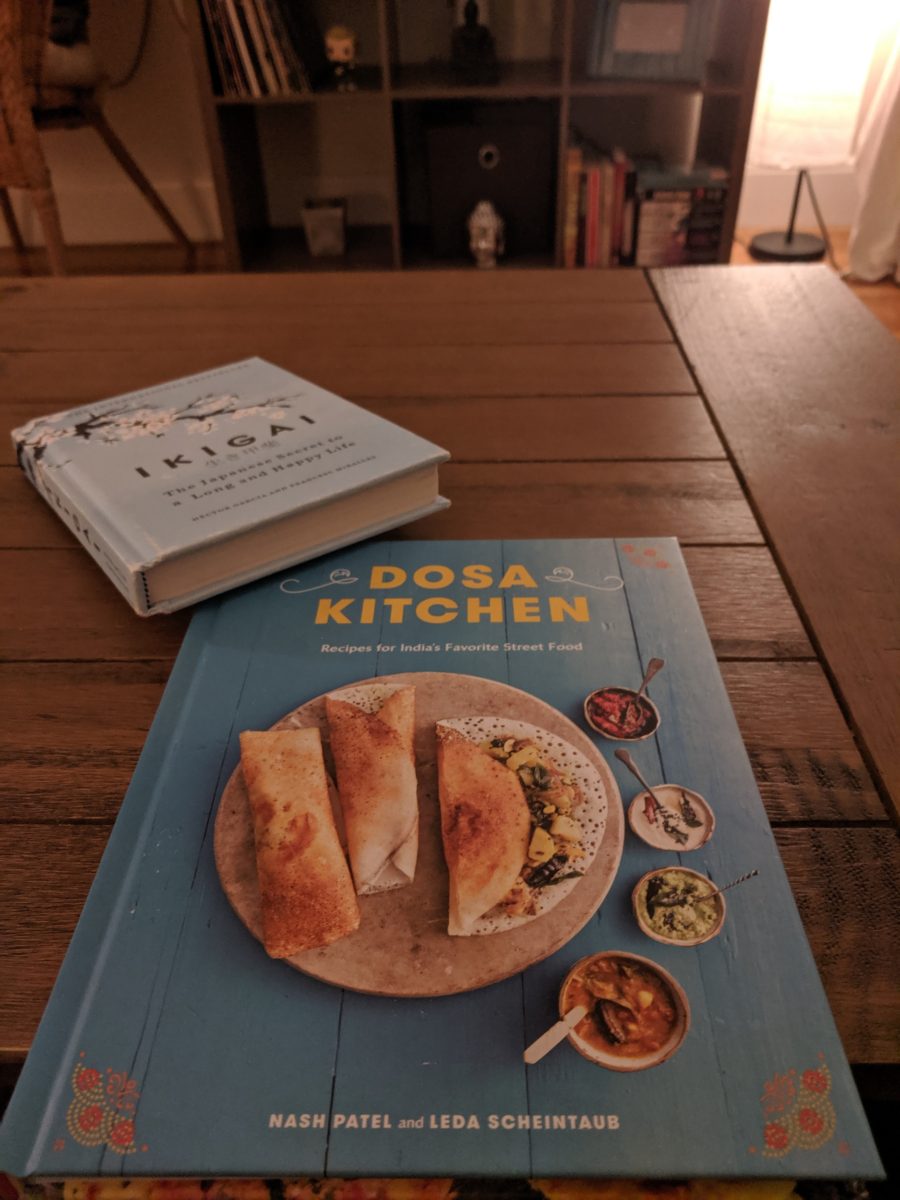
Now, I love a good brunch, and in my opinion nothing sounds better than dosa and chicken curry on a lazy Sunday. The weekend following our visit to the Dosa Truck, I rushed Ni to the local Indian market to pick up dosa batter before the Formula1 race started while I made my prep. I rubbed the chicken breasts with lime juice, chilli powder, turmeric and salt, and let them aside to marinate. Half an hour to one should do. I left mine for the duration of the race, so about an hour and half. The onions are thinly sliced. (A little sidebar about slicing onions: While for years I’ve been swearing by my jagged-edged victoria knife for cutting all vegetables wonderfully, I’ve recently learned that big knives are kickass for slicing onions. I’m still, however, working on my technique of placing the knife against the knuckles to get even slices, you know, without chopping one of your fingers off.)
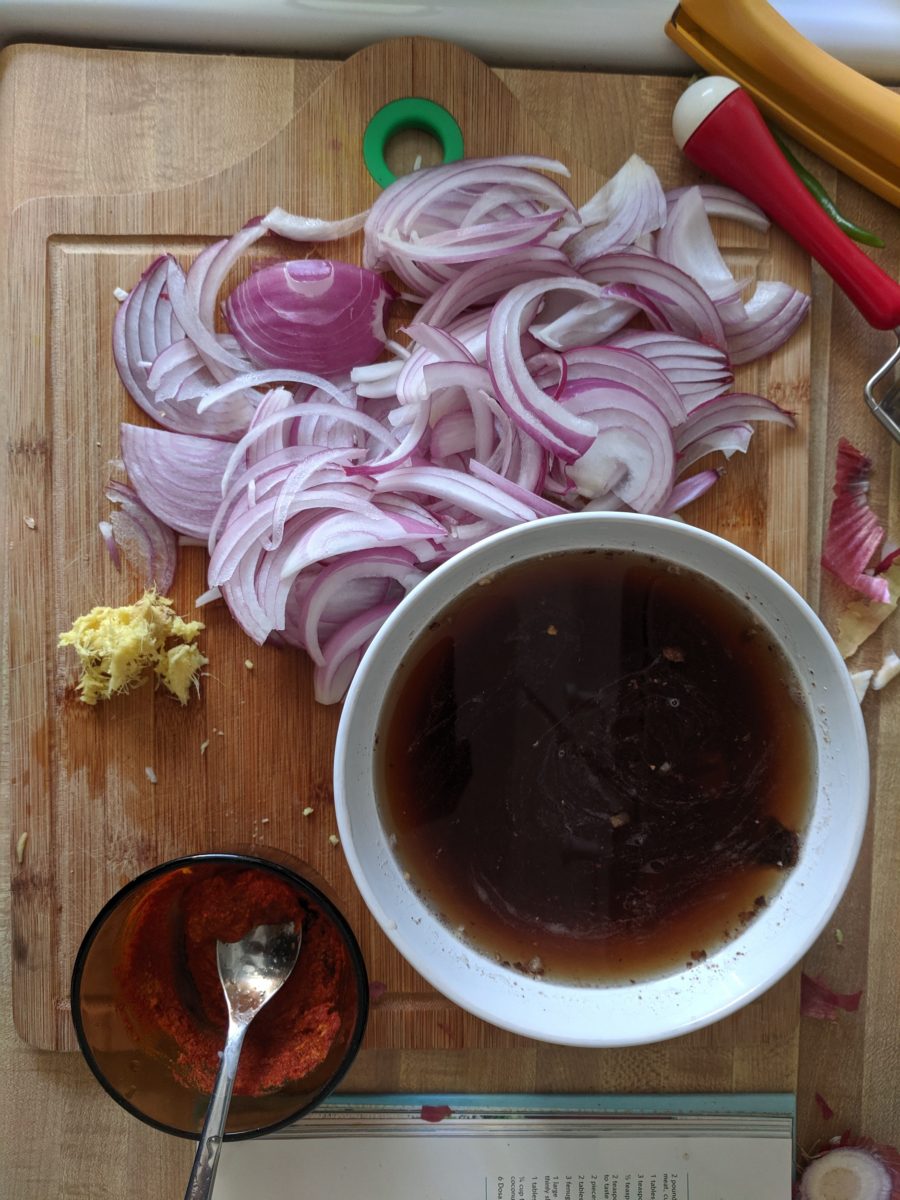
The recipe calls for kodampulli, a variety of tamarind with a smoky flavour from Kerala in southern India. Since unfortunately I didn’t have it in my pantry, I substituted it with my regular tamarind and smoked the curry in the end. You could also use tamarind paste (generally available in all supermarkets.) If you are using pieces, the tamarind is soaked in warm water for about fifteen minutes, to soften up the flesh and release all that tanginess. If you are using the paste, dilute it with about a cup of water. There aren’t too many ingredients in this recipe, and the prep and cook doesn’t take much effort or time, giving it one more point at the top of my to-go recipes.
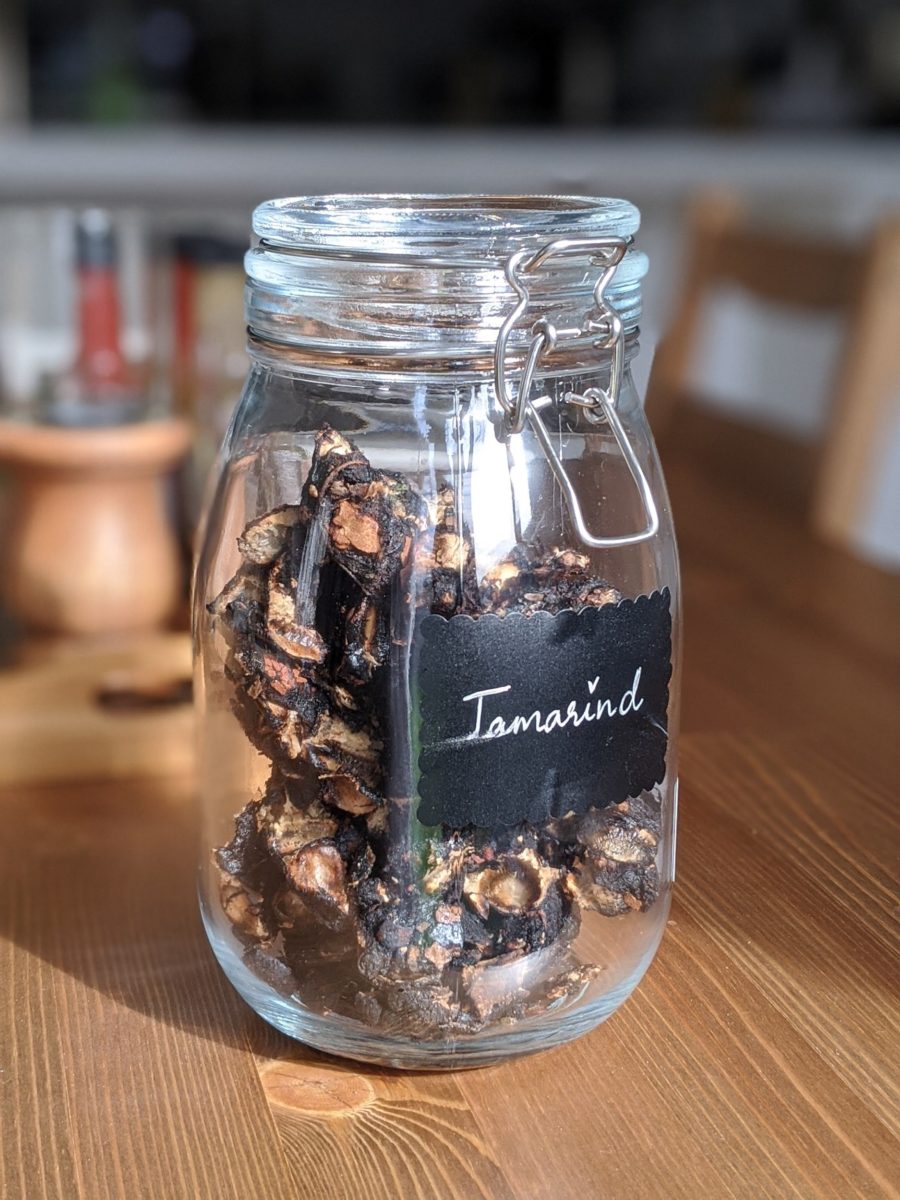
The onions are caramelised on high heat adding a teaspoon of the tamarind soaking water to prevent it from sticking to the pan. This also ensures that the tanginess is cooked into the onions. A paste is made out of chilli and turmeric powder, and a few drops of tamarind water. Once the onions are cooked, add the paste and cook it down until that harsh smell of the spices turns into an aroma. Add the chicken and make sure that it is coated in the masala, also add the remaining tamarind water. Ni and I like our curry super sour, so I add the tamarind pieces into the curry along with the tamarind water and don’t really bother fishing them out. To be honest, I enjoy the sudden burst of tang in my bites. The chicken is cooked on medium-low heat for 15-20 minutes (17 minutes exactly on my current stove) before the coconut milk is added. And that’s it. Goose-bumpy good chicken curry to go with everything! I love it with my dosas, chapatis, plain, ghee or curd rice, or simply on its own.
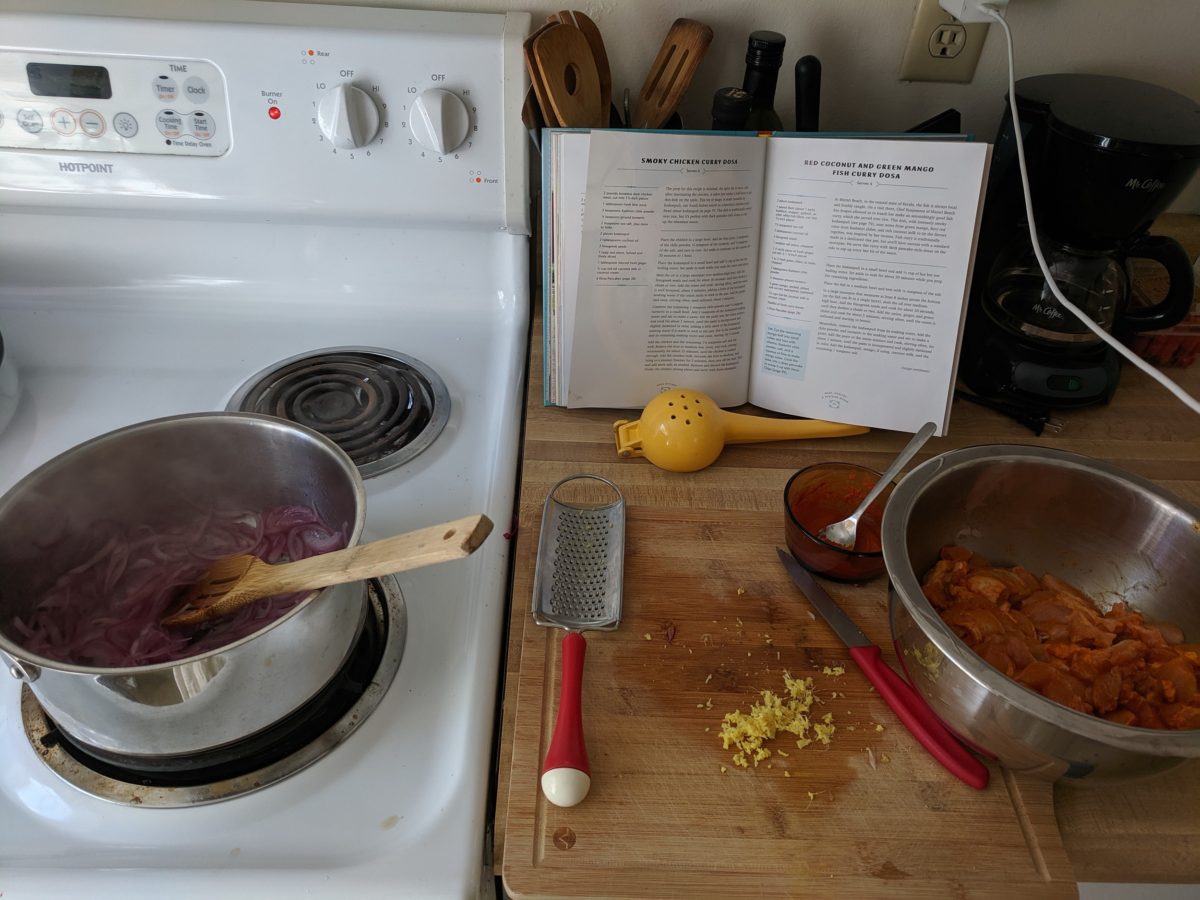
If you do get your hands on dosa batter (just check any Indian store,) here is a quick video of how to make dosas.
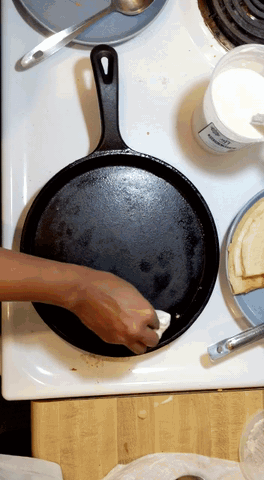
Vettel and Leclerc ruled the Marina Bay that weekend and we celebrated with a stomach bursting brunch. Ni and I kept adding more chicken curry to finish the dosa on the plate and more dosas to finish the chicken curry in our bowls. It was a fantastic, taste-ridden circle!
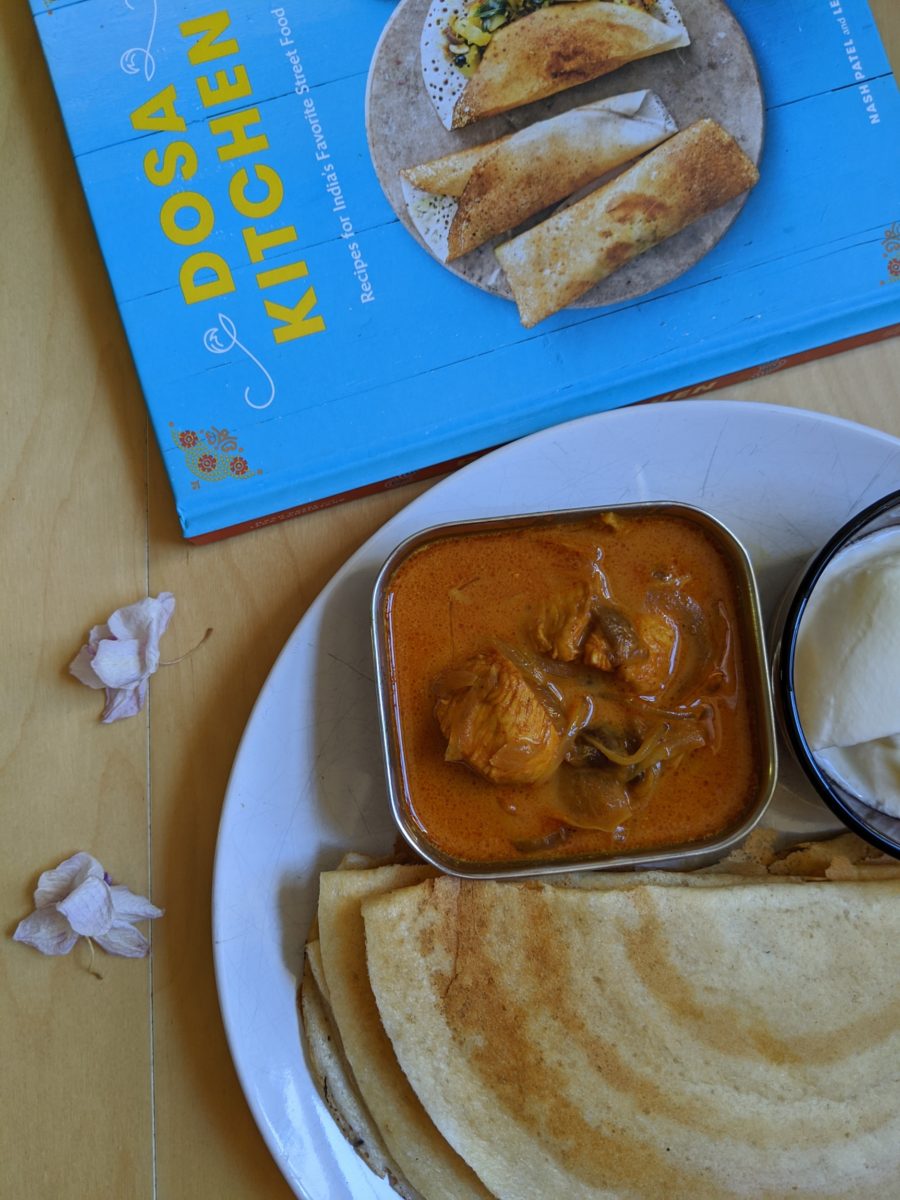
If you ever find yourself in the whereabouts of Brattleboro, don’t miss out on the Dosa Truck (Nash has also just expanded to a restaurant making sure we can enjoy the crispy dosas all through the year.)
Smoky, tangy spicy chicken curry. A knockout chicken curry as the chef describes it. Recipe adapted from Dosa Kitchen.
Marinate the chicken in a large bowl. Add lime juice, 2 tsp of chilli powder, 1/4 tsp of turmeric powder, and 1/2 tsp of salt. Set this aside to marinate for 30 minutes.
Place the tamarind in a small bowl and add 1/4 cup of hot (not boiling) water. Let this soak while the onions cook.
In a large saucepan over medium-high heat, add the oil and crackle the fenugreek seeds for a minute. You'll notice that the seeds turn a bit dark. Add the onions and cook them down until they are soft and well browned. This should take about 5-10 minutes. (From hereon) Whenever the onions stick to the bottom of the pan, add a tsp of tamarind water.
Add the ginger and saute for couple of minutes until the raw smell goes away.
Combine the remaining 1 tsp of chilli powder and 1/4 tsp of turmeric powder with a few drops of tamarind water to make a nice thick paste. Add this to the onions and stir to make sure the onions are well coated with the masala. Cook this down until the raw smell of spices is replaced by the aroma. You'll also notice that the onions have turned a couple of shade darker.
Add the rest of the tamarind water. Cook for about couple of minutes before adding the chicken and remaining 1 1/2 tsp of salt. Reduce the heat to medium-low, cover and cook for about 15 minutes, stirring occasionally.
Once the chicken is cooked thoroughly, add the coconut milk and increase the heat, bringing the curry to a simmer. Let it be for a couple of minutes, before turning off the heat. Add more salt to taste if necessary.
Serve hot with crispy golden dosas, fluffy idlis, chapatis or even simple plain rice.
To smoke the curry, place a piece of hot coal in a small cup and lower it into the curry, just so it's sitting on top. Drop a tsp of ghee and when it starts smoking, immediately close the lid. Leave it be for 10 mins.
Ingredients
Directions
Marinate the chicken in a large bowl. Add lime juice, 2 tsp of chilli powder, 1/4 tsp of turmeric powder, and 1/2 tsp of salt. Set this aside to marinate for 30 minutes.
Place the tamarind in a small bowl and add 1/4 cup of hot (not boiling) water. Let this soak while the onions cook.
In a large saucepan over medium-high heat, add the oil and crackle the fenugreek seeds for a minute. You'll notice that the seeds turn a bit dark. Add the onions and cook them down until they are soft and well browned. This should take about 5-10 minutes. (From hereon) Whenever the onions stick to the bottom of the pan, add a tsp of tamarind water.
Add the ginger and saute for couple of minutes until the raw smell goes away.
Combine the remaining 1 tsp of chilli powder and 1/4 tsp of turmeric powder with a few drops of tamarind water to make a nice thick paste. Add this to the onions and stir to make sure the onions are well coated with the masala. Cook this down until the raw smell of spices is replaced by the aroma. You'll also notice that the onions have turned a couple of shade darker.
Add the rest of the tamarind water. Cook for about couple of minutes before adding the chicken and remaining 1 1/2 tsp of salt. Reduce the heat to medium-low, cover and cook for about 15 minutes, stirring occasionally.
Once the chicken is cooked thoroughly, add the coconut milk and increase the heat, bringing the curry to a simmer. Let it be for a couple of minutes, before turning off the heat. Add more salt to taste if necessary.
Serve hot with crispy golden dosas, fluffy idlis, chapatis or even simple plain rice.
To smoke the curry, place a piece of hot coal in a small cup and lower it into the curry, just so it's sitting on top. Drop a tsp of ghee and when it starts smoking, immediately close the lid. Leave it be for 10 mins.